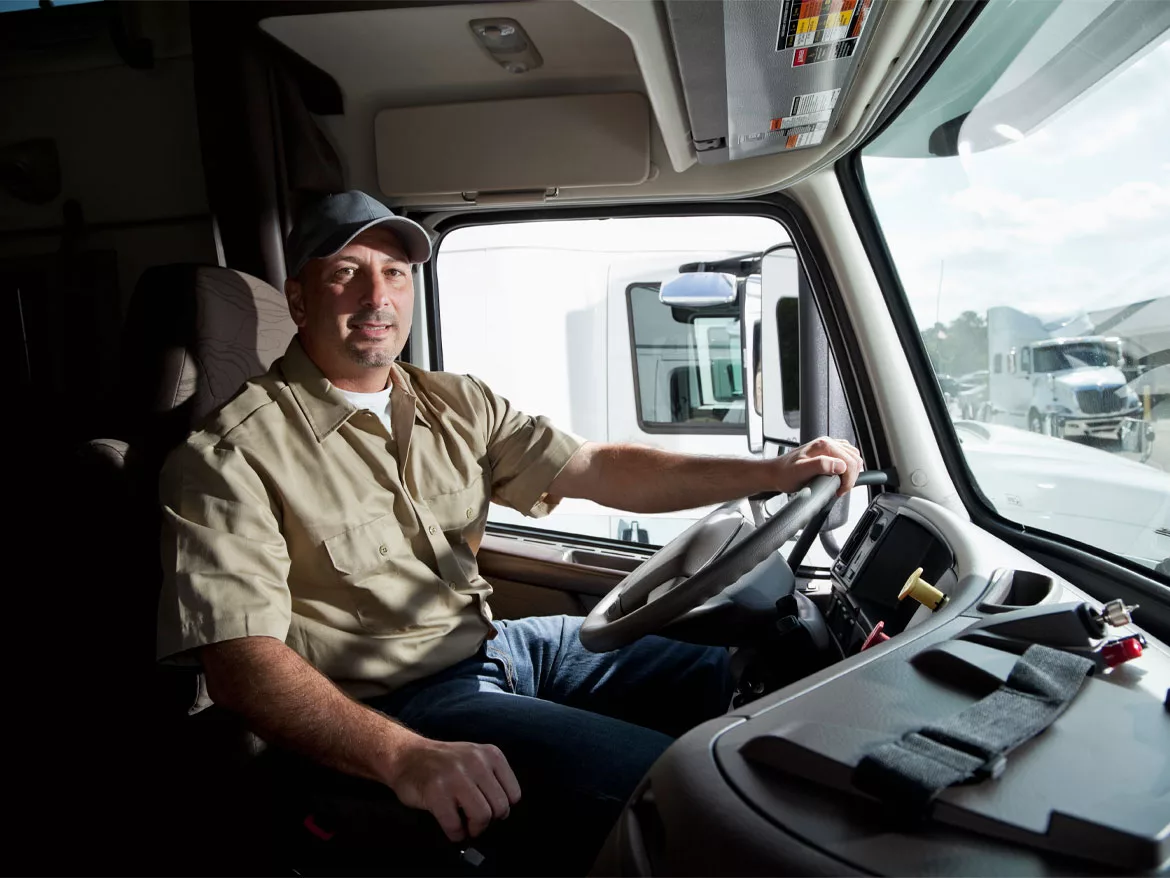Distribution
Distributors crack down on distracted driving
In-cab benefits outweigh any drawbacks

In the last issue, we noted the number of annual traffic fatalities, according to the National Transportation Safety Board (NTSB), but what we didn’t mention was that of the more than 36,000 highway fatalities in 2019, 3,142 were directly linked to distracted driving.
Distractions in the cab are more pervasive than they’ve ever been, thanks largely to the temptation of consumer technology that virtually everyone carries with them every waking moment of the day. That’s why it’s critical that every beverage distributor have some sort of distracted driver policy in place. But that’s the easy, non-controversial part. The difficult part is enforcement, the tools available for which might make some drivers uncomfortable. That’s because they involve in-cab cameras that can record the driver’s every move, which can be perceived as a bit Big-Brother-esque.
But at least half of the beer distributor members of risk-management provider BevCap’s captive insurance program have installed the cameras, while the other half are currently researching it and seriously considering bringing them into the operation.
“One of the big pushbacks or challenges was the question of whether or not the employee was comfortable — did they feel like they were being spied on and that they were not trusted,” says Curtis Hoppe, director of claims and risk management at BevCap. “Tell you what: you’ve got to earn that trust.
That applies, Hoppe notes, to new hires and seasoned company drivers. “From [the new hire’s] [Motor Vehicle Fleet Report], they don’t have any accidents, but you don’t know their driving technique,” Hoppe explains. “Another is an employee who’s been with the company so long that they get complacent. [They’ll say] ‘I do this every day, I’ll take a little risk here, but I’m a good driver and haven’t had any accidents.’ Next thing you know two are dead and another is in the hospital.”
One of the distributor members participating with BevCap is Florida-based Anheuser-Busch wholesaler Daytona Beverages. The beer wholesaler has been using in-cab cameras for nearly three years and contends that the benefits far outweigh any drawbacks. “Before I put it in the trucks, I drove around with one in my vehicle to understand how invasive it was and how I felt about it personally,” says John Ufheil, executive vice president of strategic planning at Daytona Beverages. “Three years later, I don’t like driving a vehicle without a camera because someone’s going to do something stupid.”
An obvious component of Daytona’s distracted driver policy is that drivers aren’t allowed to look at their cellphones while driving. The policy was violated hundreds of times before cameras were installed. It’s since gone down to virtually zero, Ufheil reports.
Ufheil says he informs potential new hires that he uses cameras and that hasn’t deterred anyone from joining the team.
“People have gotten used to it,” he says. “I try not to wear people out with nitpicking on every single little thing they’re doing.”
The system sends alerts when it perceives a distraction, but it may not always be one. For example, an alert will be sent if someone adjusts the AC or turns on the radio, Ufheil says. “These cameras are watching the eyes of the driver and every time [their eyes] are off of the windshield,” he explains. “But I also know how truck drivers drive and there are a lot of things the system thinks are distractions, but they’re just normal driving.”
The technology is not just about negative driving practices. Ufheil says it’s also important to use it to commend drivers for good maneuvers and reinforce that positive performance.
“The cameras tell the story, right or wrong, and I handle the claim knowing exactly what happened,” Ufheil says. “The distraction is a big part of it, but in my mind it’s not the biggest part. The biggest part is the liability. And when you know what happened, it’s certainly a lot easier for you to address.”
Looking for a reprint of this article?
From high-res PDFs to custom plaques, order your copy today!







